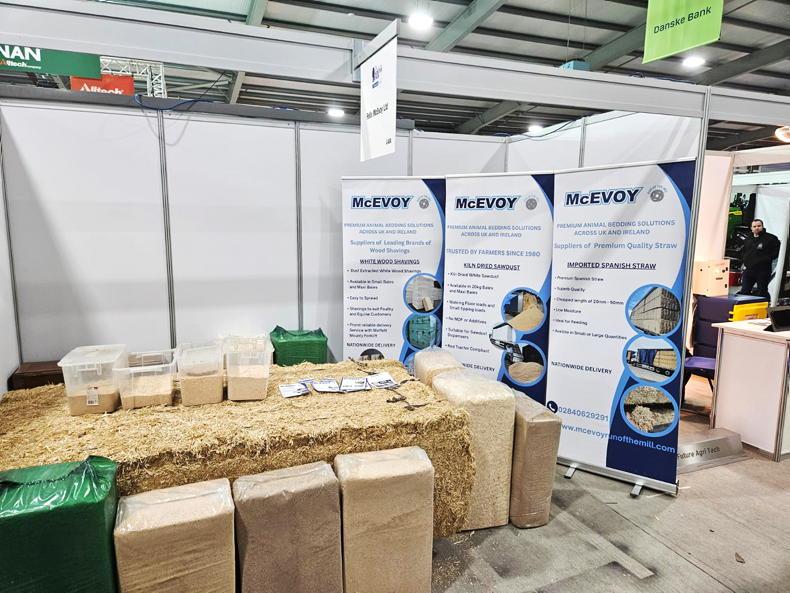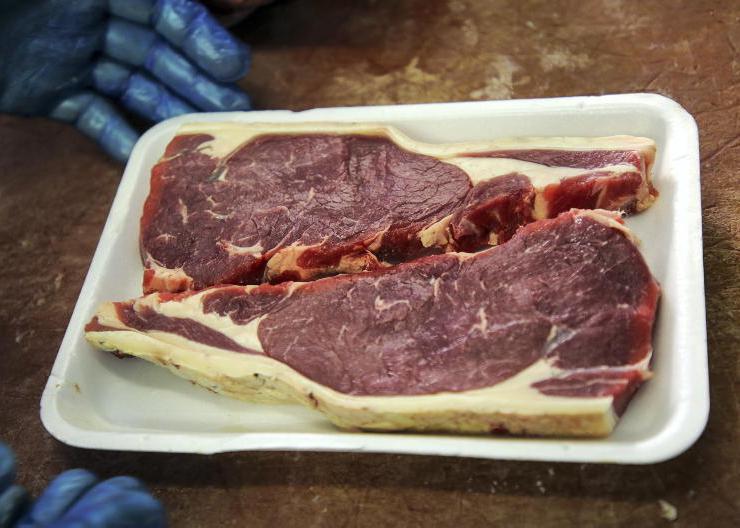Straw was a hot topic at last week’s National Fodder and Food Security Committee meeting, which took place online on Wednesday 26 January.
Straw hadn’t been on the agenda, but took up the majority of the meeting.
The Irish Natura and Hill Farmers' Association (INHFA) was the first organisation to raise concerns on straw shortages, especially as we move into calving and lambing time.
Concerns were echoed by the Irish Cattle and Sheep Farmers' Association (ICSA) and the Irish Creamery Milk Suppliers Association (ICMSA).
Struggle
One comment was made that farmers in organic farming systems were struggling to get straw where it is needed to meet requirements.
The poor weather and reduction in crop yields in the season gone by had a huge impact on straw availability and this was acknowledged by the livestock sector.
The INHFA highlighted the need to ensure the tillage area does not decline and the Irish Farmer's Association (IFA) commented that livestock farmers need to become more organised when it comes to straw and plan ahead.
Biosecurity was a huge concern for tillage representatives at the meeting, as imported straw poses a risk of bringing in weed species such as black grass.
Tillage farmers have continued to try to bale straw crops which have been on the ground since harvest time and some was baled this month.
Fodder
Head of dairy knowledge transfer at Teagasc Joe Patton suggested that it might be good to have questions on straw supplies and needs included in Teagasc fodder surveys in the future.
Patton updated the meeting on fodder supplies and noted that the situation is pretty normal for the time of year.
He commented that there are farmers out there with a fodder deficit, but that many of these farmers most likely purchase a lot of silage and fodder on their farms each year.










SHARING OPTIONS